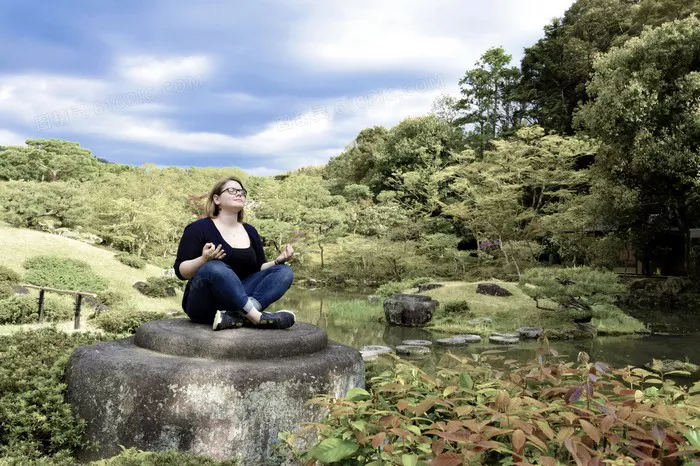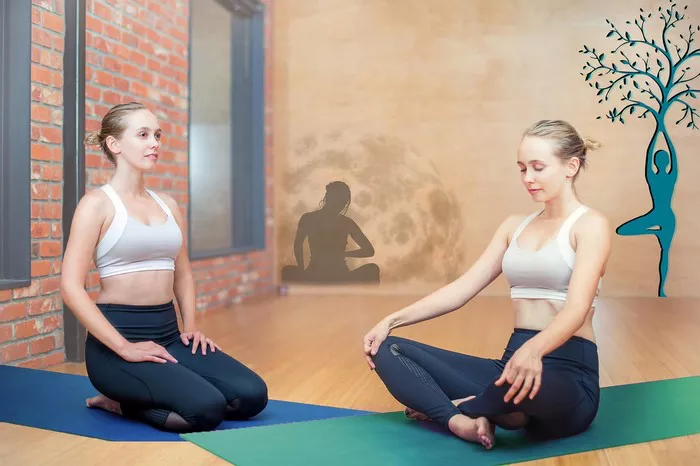Yoga is an excellent practice for enhancing flexibility, reducing stress, and improving overall well-being. However, for individuals with osteoarthritis (OA), not all yoga poses are suitable. Osteoarthritis, a degenerative joint disease, affects millions worldwide, leading to pain, stiffness, and decreased mobility. While yoga can offer significant benefits such as improved joint function and pain relief, certain poses may exacerbate symptoms. In this article, we will explore which yoga poses should be avoided if you have osteoarthritis and provide safer alternatives to ensure a beneficial and pain-free practice.
Understanding Osteoarthritis and Its Impact on Yoga Practice
Osteoarthritis is a condition characterized by the gradual breakdown of cartilage, leading to joint pain and stiffness, particularly in weight-bearing joints such as the knees, hips, and spine. As cartilage deteriorates, bones begin to rub against each other, causing discomfort and inflammation. The condition often develops due to aging, genetics, previous joint injuries, and overuse.
Yoga can be a powerful tool to maintain joint mobility, strengthen surrounding muscles, and promote relaxation. However, certain movements may place excessive strain on the joints, potentially worsening symptoms. Awareness of which poses to avoid is essential for ensuring that yoga remains a safe and effective practice for those with OA.
Yoga Poses to Avoid with Osteoarthritis
1. Deep Knee Bends (Malasana – Garland Pose, Hero Pose, and Full Squats)
Why to Avoid: Deep knee bends require significant knee flexion, placing undue stress on already compromised knee joints. The excessive pressure can exacerbate pain and accelerate cartilage wear.
Alternative: Instead of deep squats, try practicing a gentle Chair Pose (Utkatasana) with a higher seat, where the knees remain at a comfortable angle.
2. Lotus Pose (Padmasana) and Cross-Legged Sitting
Why to Avoid: Sitting in Lotus Pose requires extreme hip external rotation, which can be painful for individuals with hip osteoarthritis. Prolonged sitting in this position may also cause discomfort and stiffness.
Alternative: A supportive option is to sit with legs extended or use a bolster to provide additional support while sitting cross-legged with knees elevated.
3. Full Backbends (Wheel Pose – Urdhva Dhanurasana, Camel Pose – Ustrasana)
Why to Avoid: These poses demand deep spinal extension, which can strain the lower back and increase discomfort in arthritic joints, particularly in the lumbar spine.
Alternative: A safer alternative is Bridge Pose (Setu Bandhasana) with a yoga block under the sacrum for gentle support.
4. Forward Folds with Locked Knees (Paschimottanasana, Standing Forward Bend – Uttanasana)
Why to Avoid: Forward bends, when performed with straightened legs, may increase stress on the knees and lower back, especially for those with osteoarthritis in these areas.
Alternative: Bend the knees slightly or practice seated forward folds with props such as a bolster under the knees to reduce strain.
5. High-Impact Poses (Jump-Throughs, Chaturanga, and Plank Variations)
Why to Avoid: Movements that require jumping or putting excessive weight on the wrists and knees can be particularly aggravating for OA sufferers. Chaturanga (Four-Limbed Staff Pose) can place excessive strain on the shoulders and wrists.
Alternative: Instead of traditional Chaturanga, practice Knee-to-Floor Plank or use a wall for gentle resistance exercises.
6. Extreme Hip Openers (Pigeon Pose – Eka Pada Rajakapotasana, Frog Pose – Mandukasana)
Why to Avoid: These poses require deep hip flexion and rotation, which can aggravate hip arthritis by overextending the joint.
Alternative: Try a Reclined Figure-Four Stretch (Supta Kapotasana) with support to gently open the hips without excessive strain.
7. Balancing Poses Without Support (Tree Pose – Vrksasana, Warrior III – Virabhadrasana III)
Why to Avoid: Balancing on one leg can increase the risk of falls and put stress on weight-bearing joints.
Alternative: Modify balancing poses by using a wall or chair for support to reduce strain on the knees and ankles.
Tips for a Safe Yoga Practice with Osteoarthritis
While certain poses should be avoided, there are many ways to modify a yoga practice to make it safe and effective for individuals with OA. Here are some key tips:
Use Props: Blocks, straps, bolsters, and chairs can help modify poses to reduce joint strain.
Focus on Joint-Friendly Styles: Gentle yoga styles such as Hatha, Yin, and Restorative Yoga are more suitable than high-intensity practices like Power Yoga.
Warm-Up Thoroughly: Always start with gentle movements to increase circulation and prepare the joints for activity.
Engage in Slow, Controlled Movements: Avoid sudden or jerky movements that can stress the joints.
Listen to Your Body: Never force yourself into a pose that causes pain. Modify or skip poses as needed.
Consult a Professional: A qualified yoga instructor or physical therapist can provide personalized modifications to ensure safety.
Conclusion
Yoga can be an excellent practice for individuals with osteoarthritis, but it requires mindfulness and modifications. Avoiding high-impact, deep-flexion, and extreme rotation poses can help prevent unnecessary joint stress and discomfort. By incorporating gentle modifications and listening to your body, you can enjoy the benefits of yoga while managing osteoarthritis effectively. Always consult with a healthcare provider before beginning any new exercise regimen, and work with a knowledgeable yoga instructor to tailor your practice to your unique needs.
With the right approach, yoga can be a powerful tool for improving mobility, reducing pain, and enhancing overall well-being, even for those with osteoarthritis.
Related Topics:



















